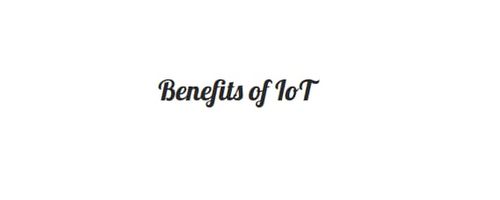What is the simple meaning of Internet of Things?

Jenn К
author of all this stuff
When you heard about this concept for the first time it could have been a little confusing. Internet, connectivity, data language, talking car or refrigerator, things that can share its experience with other things, it’s a little bit of a blow mind, right? So, I would try to explain the concept of the Internet of Things as simply as possible. Shall we begin?
Simply put, the Internet of Things is a technology that allows multiple physical objects to be connected to the Internet and return data for you. Today the Internet is not about just connecting people, but it’s also about connecting things. Internet of Things devices or IoT for short are generally defined as devices that have network connectivity, they collect user data, process and analyze that data and then return it back to the user, specifically back to the center device like a smartphone or a laptop that is called an anchored device.
For better understanding let's break it into 4 sections: hardware, data, software, connectivity.
- Hardware –
It’s just little bits and pieces that actually allows connecting digital items to physical objects. As a simple example, you can put a little almost imperceptible device on the door and know exactly when the door is opened or another device on the chair and know how many times it’s been mowed or how many times someone sits on it. Hardware is senses things;
- Data –
Data is basically the information that is sent (created and transmits), received (received and interpreted) and exchanged by your devices. Today you don’t need a heavy, standardized format to do that and waste time to have a result, all the data is getting leaner, is processed in real-time and gives instant results. We can also say that the data became an international language of things;
- Software –
When we have information software is what interprets it, it’s what controls it. The software basically analyzes it and allows it to do stuff. Software is a Facebook of Instagram, for example. It’s a thing that takes a piece of data from a piece of hardware and makes it do stuff that is valuable to you.
- Connection –
Without this last piece of the puzzle all this stuff above wouldn’t mean anything. With the power of connection you can start to have a conversation in a language in data. At once, when you have these things connected and get it up to the cloud you could actually start to use your IoT devices.
Now we can make everything talk to each other not only in the digital world but also in the physical world. This is where IoT starts. We have an ability to build a network so multiple physical ordinary objects like a lamp, chair, lounge, and a fridge can be connected to the Internet.
These systems allow us to walk up to our front door without using a key, it can unlock the door for you, automatically set air conditioning, you can actually measure how many people are in the room, what the temperature outside, or inside of your fridge and so much more.
In 2017 there were 8 billion IoT devices and today we’re on a track for 20 billion devices in 2020 and the impact of IoT will be $11 trillion a year by 2025 across factories, cities, healthcare, worksites, offices, humans, vehicles and general safety.
As time passes this technology is transitioning from being an optional luxury feature of being the baseline default on any device. I hope that it became clearer for you, thanks for your attention!

Jenn К
Author bio: author of all this stuff
